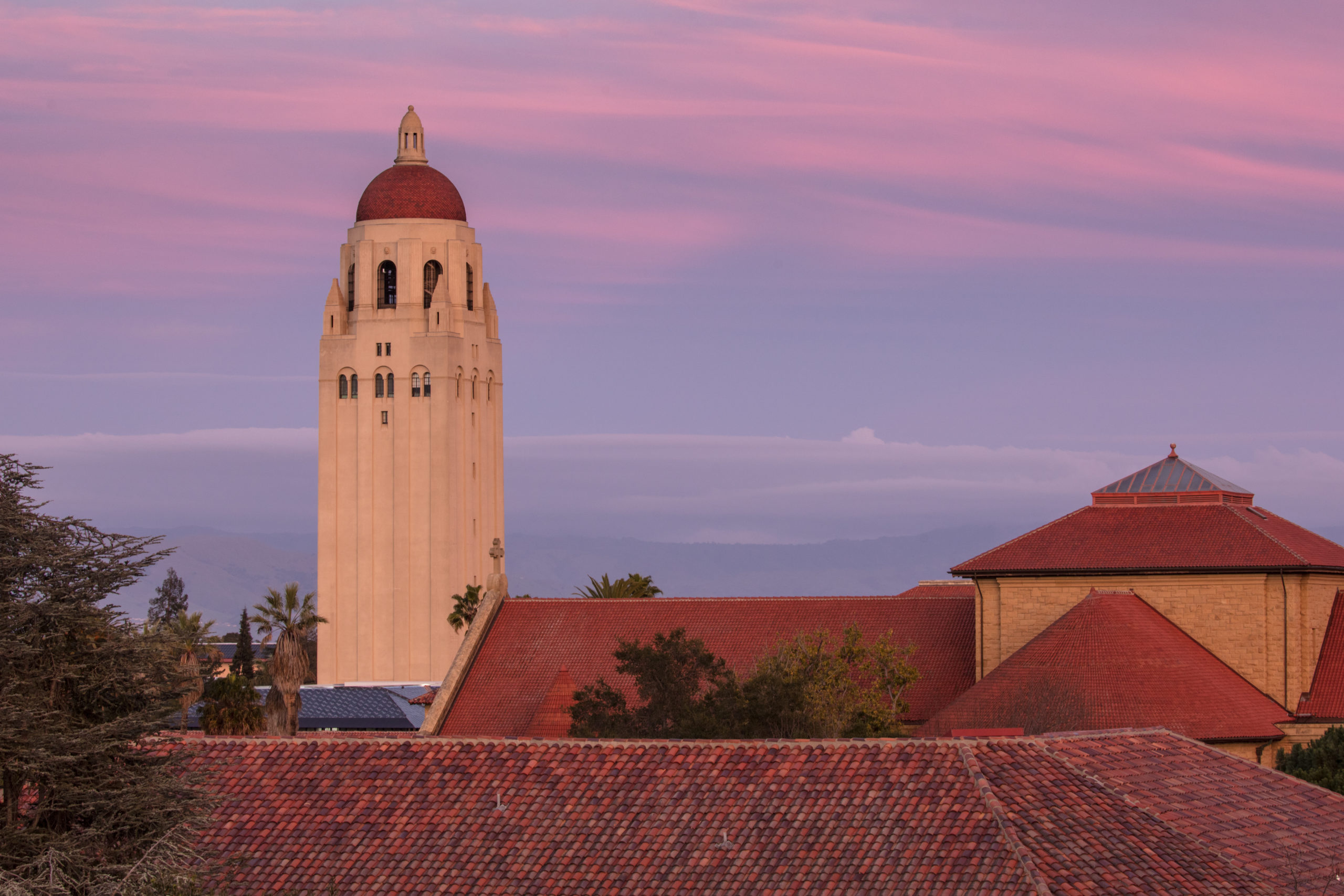Though I attend Stanford, I grew up more on stories from UC Berkeley. Through three generations, Cal proved a pivotal place for my family members. Like any university, it is formative in its students’ lives and careers. But perhaps more than any other campus in America, it is the birthplace of many students’ political passions and adventures in activism.
I grew up hearing about Cal not just because it was where my grandmother, mother and, eventually, my sister went, but because it is where their political viewpoints — fundamental to their identities — were shaped.
For many Stanford students, their opinions towards Cal are somewhere along the line of apathy rooted in the belief that the Stanford-Cal debate is not worth having. Perhaps it is because my familial connection to Cal runs deep, but I reject that attitude. Stanford may have a multitude of advantages over Cal, but that does not mean — as many take it to — that we are superior across the board and have nothing to learn from them.
Case in point: Cal’s political culture — activism for which it is both so celebrated and so critiqued — is far more vibrant than ours. Cal is the campus of Mario Savio, and his tirades against “the machine,” which kickstarted the ever important free speech movement in the 60s. It is the campus of some of the 1980’s great anti-Apartheid protests. It was the sight of massive Occupy Wall Street demonstrations barely 10 years ago. Whether you agree with the methods or the causes, it is hard to deny that passion courses through the blood of Cal’s political culture, and simultaneously that politics is sewn into the fabric of university culture in a way it simply is not at Stanford.
Cal’s political culture is not flawless. Perhaps it is not even healthy. The activist culture can be dogmatic, exclusionary and downright hateful. The fliers created against their esteemed law school dean, Erwin Chemirinsky, proved that. That is a part of their culture that does not belong here, there, or anywhere. But stripping away the techniques — confrontational as they are — there is something to be said for the passion of their political environment.
I was at Tressider Memorial Union as the election played out. As the crowd jeered at the news of Ted Cruz’s re-election to the U.S. Senate, I thought about how dreadfully similar the depressed environment must have been to 2016 and how euphoric the campus would have likely been in 2008. In this election, many Stanford students seemed to care (evidenced by their anti-Cruz groans), but simultaneously many were simply indifferent.
After the election, a protest took place at Cal. One had taken place in 2016 as well. In 2016, “love trumps hate” marches occurred at Stanford. Nothing similar took place now. Moreover, the dialogue I heard around campus — even in political settings such as the Stanford Political Union — seemed to be as much passively interested as actually invested. Some students seemed to care about the outcome, but others simply seemed interested in how it would play out, as though watching a football game in which their favorite team was not playing — not seeming to understand the old Obama refrain that “elections have consequences.”
A certain level of indifference will be present at any university, but it is something that we must work to minimize. Protests are not a necessary prerequisite for political engagement, but they are indicative of its presence. Stanford does not need to have large marches and confrontation but it should have dialogue and a sense of political investment. Politics should not be your entire life — you should be able to talk to and be friends with someone you disagree with — but it should be a part of your life. Government and politics pervade every industry, and to not care about government or who runs it is to blind yourself to the realities of the world.
Why does the activist culture here at Stanford feel different than Cal’s? I have a few theories.
First, Stanford’s students are generally wealthier than Cal’s. Consequently, they have historically been less vulnerable to the malicious whims of politicians and felt less of a stake in the country’s political future.
Second, Stanford’s unique relationship with Silicon Valley attracts a breed of students filled with technological optimism and often focused on making it rich. People are focused on changing the world, but not on the why. This is not conducive to political engagement and dialogue. Through its courses, the University must work to instill in students a strong sense of investment in the future.
But if Stanford truly wants the winds of freedom to blow, it must help people figure out not just how to change the world, but also why that change is important — and whether or not that change is good in the first place. Relative to Cal, we are a collection of disengaged individuals that are somewhat interested in politics but still lack a true political culture. Luckily for us, across the Bay we have both a model of what to be and what not to be. Hopefully, we bring the best parts over.
